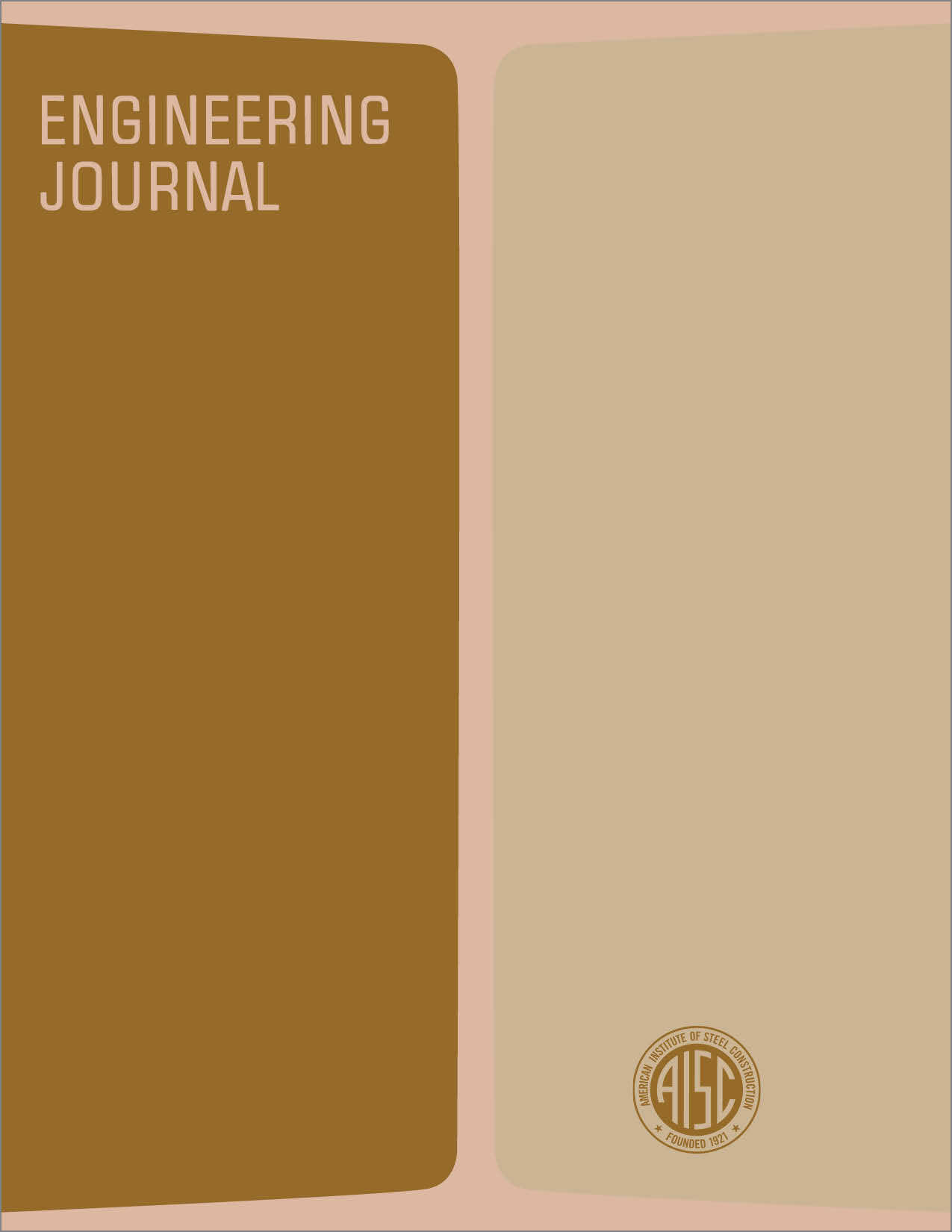Use of Ultrasonic Testing in the Structural Steel Industry
DOI:
https://doi.org/10.62913/engj.v6i2.119Abstract
It is important to note the distinction between a quality weld and a reliable weld. Many of the discontinuities which will be discussed may not be considered defective to a particular weld joint or structural member. The discontinuities may not make the weld less reliable, but merely lower the quality of the weld. When does a discontinuity become a defect? This is the question which one must ask when separating quality from reliability. The quality of a weld can be determined with ultrasonic tests; however, the reliability of a weld is established from destructive testing or welding history. Test specifications are available based on these tests. It should be mentioned, before proceeding further, that radiography (still a primary weld inspection method), magnetic particle, and penetrant techniques are powerful inspection tools, and should not be overlooked when selecting NDT methods. It is interesting to note, for example, that a discontinuity orientated for maximum radiographic detection is in its poorest position for ultrasonic detection, and vice versa.

